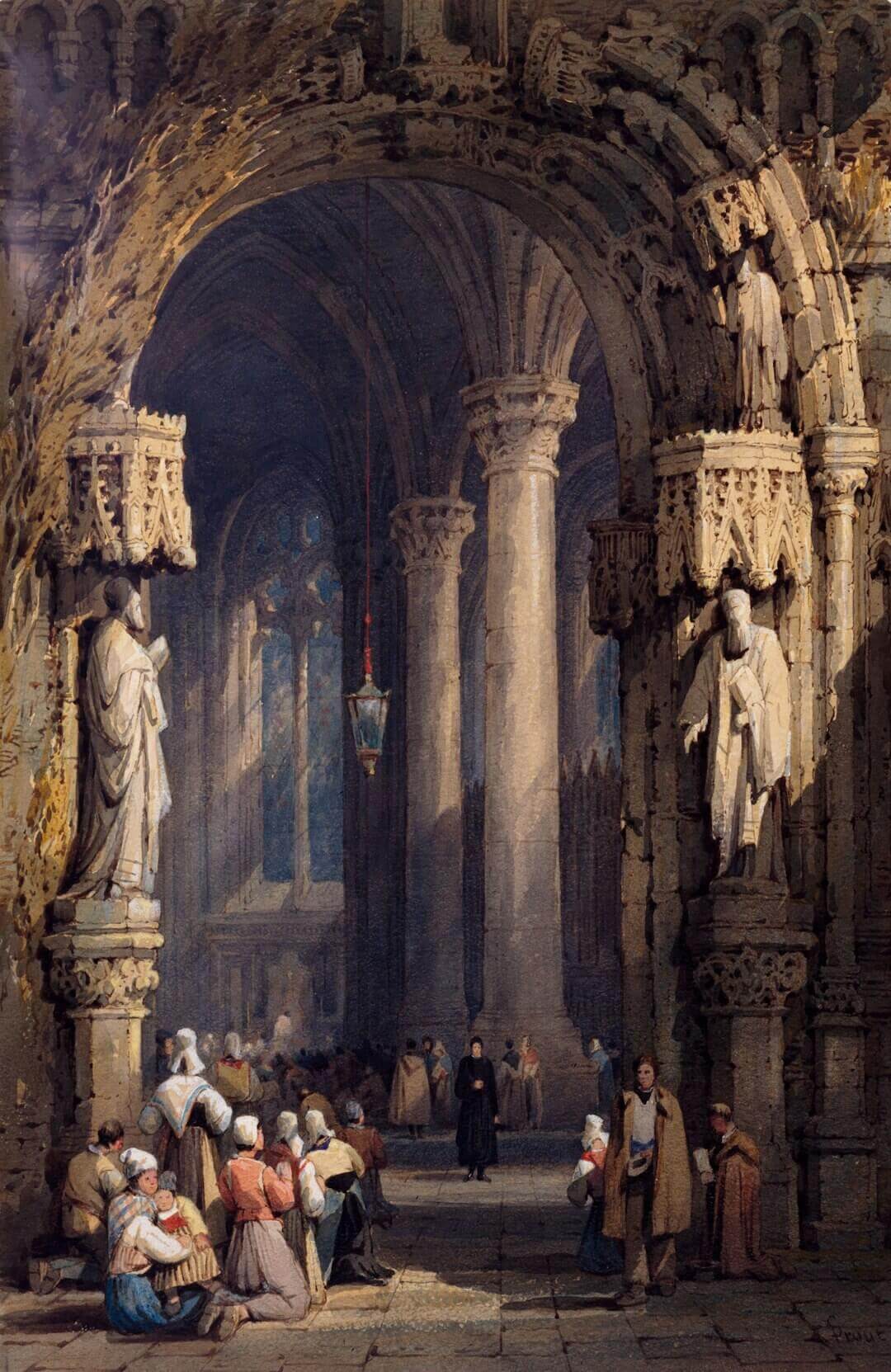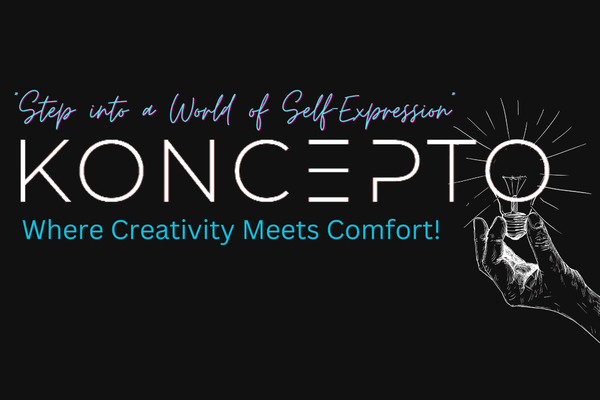
The Evolution of Automotive Art: A Historical Perspective
Share
Throughout history, art forms have evolved significantly, and the world of automotive art is no exception. The automotive industry has not only transformed transportation but has also inspired a unique genre of artistic expression that reflects culture, technology, and society. This article delves into the historical evolution of automotive art, exploring its roots, major movements, and the prominent role it plays in modern society. From vintage styles that captured the essence of an era to contemporary designs that celebrate diversity and cultural heritage, automotive art continues to captivate and inspire. Along the way, we’ll also touch on how the Hispanic heritage T-shirt fits into the broader narrative of automotive art and culture.
The Origins of Automotive Art
The foundation of automotive art can trace its origins back to the early 20th century. When the first cars hit the streets, they were designed not just for functionality but for aesthetic appeal. Early craftsmen were inspired by various art movements, including Art Deco and Futurism, which emphasized speed and modernity.
The Art Deco Movement
Art Deco emerged in the 1920s and 1930s, characterized by bold geometric shapes and vibrant colors. This movement was immensely influential in the design of automobiles during that time. Classic cars, such as the Chrysler Airflow and the Bugatti Type 57, showcased streamlined designs and elegant curves that complemented their artistic flair. Artists began to depict these vehicles in posters, paintings, and sculptures, focusing on their allure and the new lifestyle they represented.
Futurism and Speed
At the same time, the Futurist movement celebrated modern technology and speed, illustrating the cultural changes brought on by the automobile. The works of Italian Futurists like Umberto Boccioni captured the dynamism of the automobile. This fascination with speed paved the way for the concept of motion in art, influencing not only paintings but also photography and advertising in the automotive industry.
Mid-20th Century: The Rise of Automotive Culture
The post-World War II era marked a significant turning point in automotive art. With the rise of car culture in the United States, automobiles became symbols of freedom, individuality, and lifestyle. This period saw the emergence of car shows, hot rod events, and custom car cultures, which greatly influenced the art surrounding automobiles.
The Custom Car Movement
The 1950s and 1960s brought about a wave of customization and personal expression in automotive design. Artists and enthusiasts began modifying vehicles not just for performance but for unique visual aesthetics. The custom car movement led to the popularization of vibrant colors, elaborate paint jobs, and intricate designs, with many artists showcasing their work at auto exhibitions.
The Birth of Automotive Photography
During this time, automotive photography also gained traction. Photographers began to capture the beauty and style of cars in stunning detail, using innovative techniques and settings to highlight their features. This new form of art allowed the public to appreciate the craftsmanship and allure of automobiles, thus solidifying their place in popular culture.
The Late 20th Century: A New Wave of Automotive Art
As the cultural landscape evolved, so did automotive art. The 1970s and 1980s saw the rise of muralists and graphic artists who painted vibrant works that celebrated vehicle modifications, racing, and the cultural significance of automobiles around the world.
Street Art and Automotive Culture
The late 20th century also saw automotive art break into the realm of street art. Urban artists started to incorporate cars as subjects in their works, reflecting the environments they inhabited. This approach not only humanized cars but also bridged the gap between art and everyday life. Themes such as identity, community, and cultural pride began to emerge in this vibrant illustration of urban landscapes.
Connection to Cultural Heritage
These artistic movements also began to intersect with cultural heritage, particularly with the representation of diverse communities. The Hispanic heritage T-shirt movement emerged alongside this evolution, celebrating the rich history and contributions of Hispanic culture to automotive art. Designs showcasing traditional colors, patterns, and symbols serve as a form of identity while paying homage to the intertwined legacies of automotive history and cultural expression.
The Dawn of the Digital Age
As we transitioned into the digital age in the late 20th and early 21st centuries, the world of automotive art found new avenues for expression. Digital art, graphic design, and 3D modeling opened up limitless possibilities for artists to reimagine automotive design and artwork.
The Impact of Digital Technology
Digital technology revolutionized the automotive art industry, giving rise to innovative designs and artistic mediums. Artists began using graphic tablets and software to create intricate visuals that could be easily shared across various platforms. This accessibility allowed automotive art to flourish, leading to the emergence of online communities where artists could showcase their work, collaborate, and gain recognition.
Social Media and Car Culture
The rise of social media platforms has also transformed the way we experience automotive art. Platforms like Instagram, Pinterest, and TikTok have become vital tools for artists, enabling them to reach a broader audience and foster connections with car enthusiasts. Through hashtags and engaging content sharing, artists can effectively highlight their work while celebrating trends in automotive culture.
Modern Automotive Art: The Unfolding Scene
Today, automotive art encapsulates a multitude of styles and mediums, from traditional paintings to digital illustrations, graffiti, and sculptural works. Artists continue to push boundaries, exploring themes related to social issues, sustainability, and personal narratives, which resonate with contemporary audiences.
Eco-conscious Artistry
With the increasing focus on sustainability, many modern automotive artists are addressing environmental issues. Artists are collaborating with automotive companies to create eco-friendly designs or use recycled materials to communicate their messages. This newfound awareness is reshaping the industry, pushing artists to embrace innovative and sustainable practices while creating impactful art.
Challenging Norms through Diversity
The conversation around diversity in automotive art is also gaining momentum. Artists from various backgrounds are showcasing their perspectives, experiences, and cultural heritage through their work. The Hispanic heritage T-shirt not only reflects personal identity but also fosters a sense of community and pride within automotive culture. By incorporating cultural symbols and themes, these artists create a bridge that connects heritage with automotive art while advocating for representation in the industry.
The Future of Automotive Art
As we look toward the future, the world of automotive art promises to innovate and inspire. The continued influence of technology, evolving cultural narratives, and a renewed focus on representation will shape the next generation of automotive artists. Artists will embrace modern platforms and tools, while also finding new ways to connect with audiences and challenge the status quo.
Forging New Connections
Future automotive art will also explore the intersection between various art forms. Collaborations between automobile manufacturers, designers, and artists can lead to the creation of unique pieces that blend functions with artistic expression. The connections made between the art world and the automotive industry will continue to evolve, emphasizing the importance of dialogue in shaping future artistic endeavors.
Your Invitation to the Automotive Art Sphere
As automotive art continues to evolve, it beckons individuals from all walks of life to engage with its rich history and profound cultural connections. Whether you're an artist, enthusiast, or simply curious about automotive culture, there's a space for you within this artistic realm. Celebrate your passion through art and self-expression, perhaps by sporting a Hispanic heritage T-shirt, which stands as a testament to the beautiful amalgamation of culture and the automotive world.
In this ever-changing landscape of artistic innovation, one thing remains clear: automotive art not only reflects the evolution of transportation; it embodies the cultural narratives that shape our understanding of society today. Join the conversation, explore the art, and embrace the journey that intertwines vehicles with the fabric of history, culture, and personal identity.
